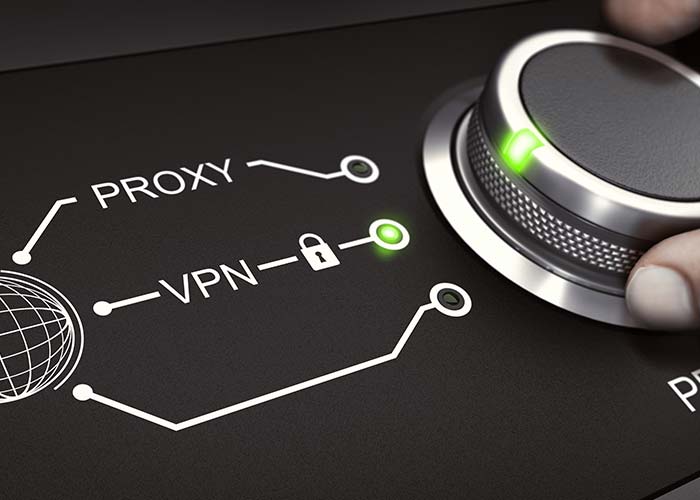WELCOME TO CYBER COPS
Advanced Cybersecurity Solutions for Complete Peace of Mind!
Protect your business with top-tier Cybersecurity and Auditing Services. We deliver comprehensive solutions tailored to your needs, including SOC 2 Compliance, HIPAA Compliance, NIST Framework, HITRUST, ISO 27001:2022, GDPR Compliance, COBIT, ISO 9001:2015, Cyber Essentials, SIEM Services, MDR as a Service, VAPT as a Service, Email Security, SOC as a Service, and Network Security.
Our Certifications
In Cyber Security








.png)





.jpg)





